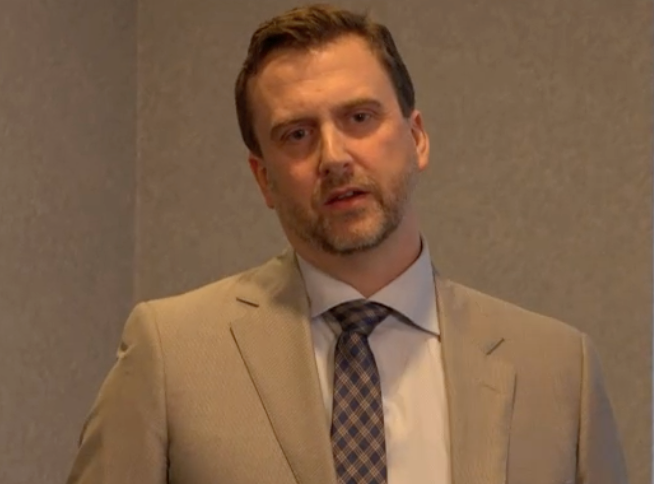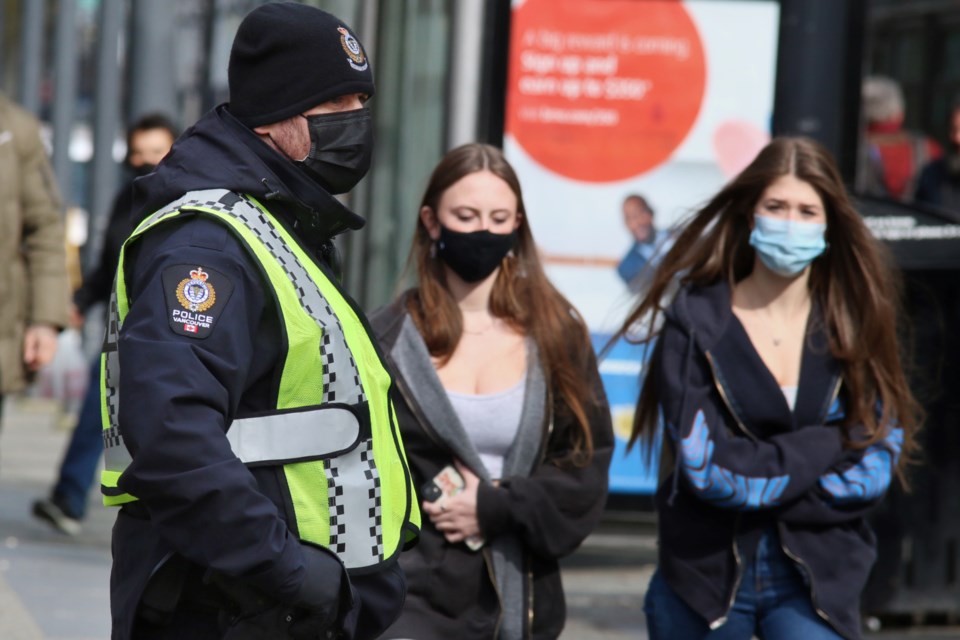For all you regular readers interested in an academic look at how crime patterns shifted in Vancouver during the pandemic, I’ve got a paper for you to read.
It’s titled, “In a world called catastrophe: the impact of COVID-19 on neighbourhood level crime in Vancouver, Canada.”
The authors are Dr. Martin A. Andresen, a professor in the School of Criminology at Simon Fraser University, and Dr. Tarah Hodgkinson, an assistant professor in the Department of Criminology at Wilfred Laurier University.
Their paper was published in the Journal of Experimental Criminology and will go before the Vancouver Police Board Thursday.
The professors’ findings and conclusions add more insight to what I’ve reported for the past two years — that the pandemic, in many ways, has been a crime killer.
Break-ins to homes and business are down. So are break-ins to vehicles.
At the same time, random stranger attacks, aggressive shoplifters, anti-Asian hate crimes and reports of smashed-out windows at downtown businesses have been on the rise since the pandemic was declared in March 2020.
Andresen and Hodgkinson studied data and trends between March 2020 and February 2021 in 22 neighbourhoods and compared it to previous years. The authors also used socio-demographic, socio-economic and housing data from Statistics Canada’s 2016 census.
'Risk of over-policing'
Before I get to some of their findings, it’s important to note — as the authors do — the limitations of the study. They point out the analysis is based on available police data. Or, in other words, reported crime.
“Criminal events tend to only be approximately 20 per cent of police activity,” they wrote.
“Second, it is possible because of the nature of the social restrictions, residents and neighbourhoods who have less means to shelter in place may be more visible to the police when other residents are staying home.”
As such, they continued, any criminal activity in these areas may too be more visible and there could be a risk of over-policing, which would lead to an increase in crime rates in these neighbourhoods.

Crime stats examined included arson, assaults, burglary, mischief, robbery, sex offences, theft, theft from vehicle, theft of vehicle and weapons.
The authors said Downtown, Strathcona and Mount Pleasant experienced more increases in criminal activity than other areas of the city. Crimes included arson, assault, robbery and weapon-related offences.
Some other findings:
• Of the 10 crime types under analysis, only four showed statistically significant change during the COVID-19 period in Vancouver: assaults, theft of vehicle, theft from vehicle and weapons offences.
• During the social restriction period, arson, assault, robbery and weapon-related offences increased in “the poorer areas” of Vancouver (Downtown, Strathcona, Mount Pleasant) while decreasing in wealthier areas.
• Alternatively, theft, theft from vehicle and theft from vehicle-related offences increased in “areas that are wealthier” (Kitsilano, Kerrisdale, Oakridge and Killarney), with decreases in poorer areas.
• The downtown area (central business district) and surrounding neighbourhoods experienced more decreases than other neighbourhoods in property crimes (theft, theft from vehicle, theft of vehicle).
• For burglary, neighbourhoods that had higher rates of population change (persons who have moved in the previous five years) were found to be “high crime cluster areas.”
• Also, the authors found that residential burglary decreased more in areas with increased levels of security in condominium complexes (e.g. underground secure parking, key fob door and elevator access).
• The wealthier areas of Vancouver have relatively more single-family homes and are, therefore, more vulnerable to vehicle-related theft with more people working from home.
There’s a lot more to digest from the paper.
You can read it by going to the police board’s website and clicking on the Feb. 24 agenda, where you will find more reports on crime, including year-end stats.
@Howellings





